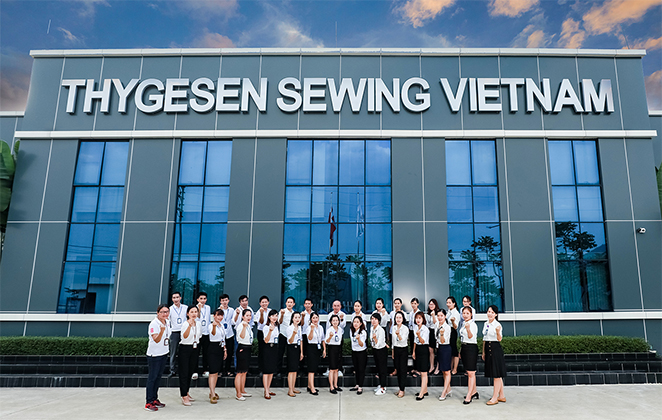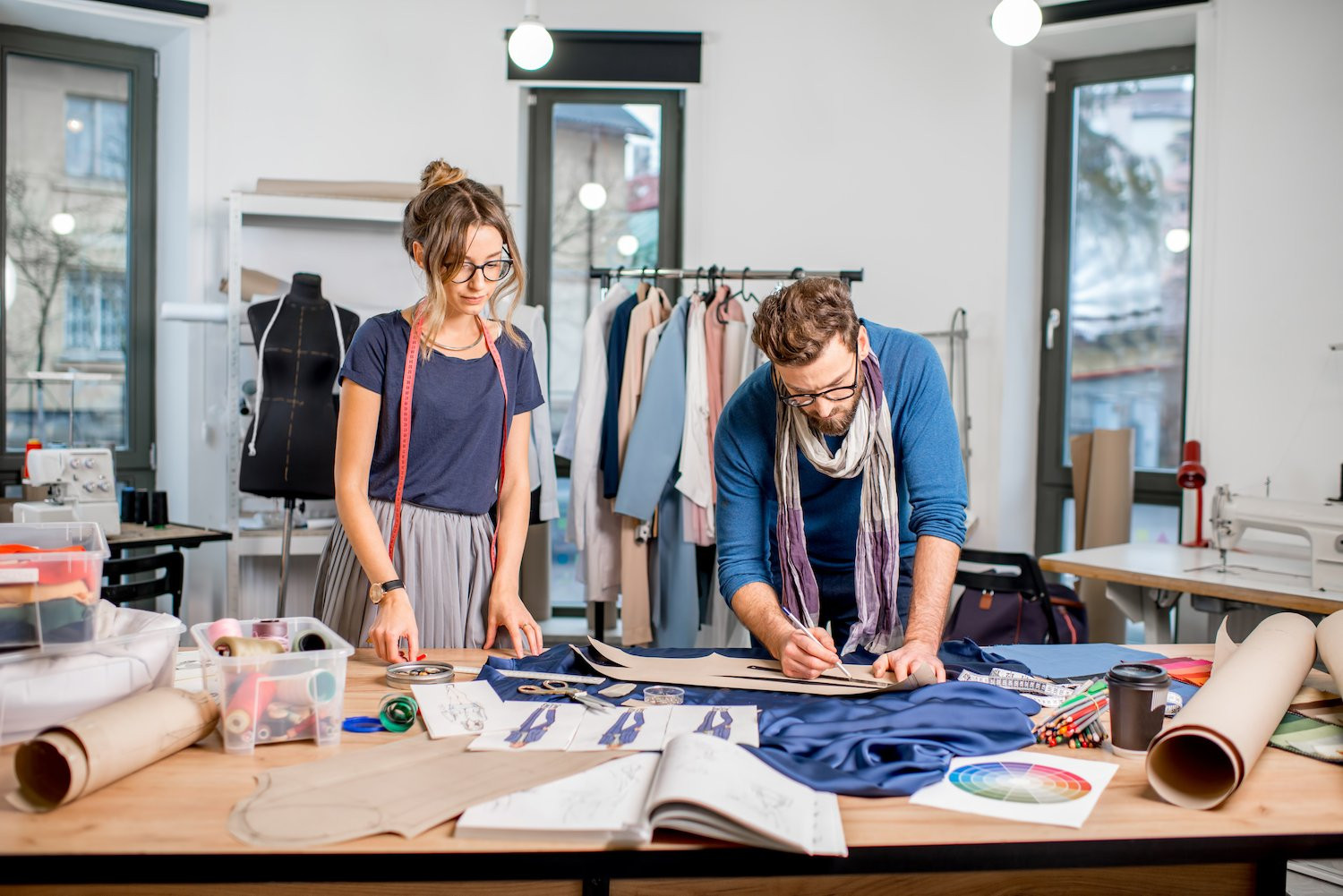In recent years, the textile industry has made strong development steps. With the market’s strict requirements, designers must learn and catch up with the fashion production chain at enterprises in the process of creating unique but industrial products. Above all, pattern development is a very important step in the design, cutting, and sewing process. Some of the information provided below will help you better understand this issue.
What is Sample Development in Garment Industry
Sample development is implementing a designer’s idea (image) into a set of patterns. In developing the pattern, the pattern designer needs to study and analyze the image, and design the pattern according to the standards (form, texture, parameters, …) this is also the brand feature of the product line.

In the industry, the prototype is a very important product. Rely on the sample so partners or orderers can rely on it to make larger orders. Samples in the textile industry are given to evaluate the quality and technique of the garment sample, thereby agreeing on the standard product to make the best order.
For customers and businesses, sample development plays a very important role. Based on the sample, the customer can assess where the customer is expected to cooperate or place an order. From there, it helps to create absolute trust and make orders more successful.
Also based on the sample, the enterprise can prove its workmanship, and as well as help the enterprise show its expertise and professionalism in the production of goods. From there, it will be easy to convince customers to cooperate and sign long-term contracts. The prototype created will have to meet the needs of the customer, so once the prototype is available, both the customer and the business will complete the production purpose of the product. And also rely on the prototype to know the lead time, product production performance.
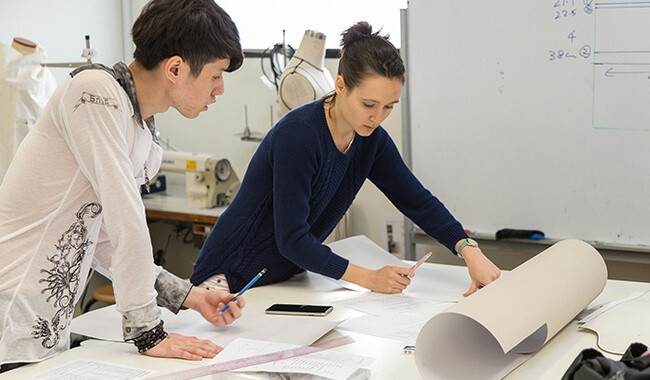
Currently, most companies and factories are involved in producing export orders for foreign fashion brands, besides a small percentage of domestic orders. Before bringing the product to market, they will have to develop a prototype. The first samples must be sent to the customer for comments, and corrections, and samples are sewn according to the design specification of the buyer.
There are many different types of test samples in industrial garment production. Each stage will have a different sample product, helping to meet the production schedule as well as to create the most valuable shipment.
The Purpose of Sampling
Sample development plays a decisive role in the process of creating quality products, meeting customer requirements, so when developing samples, it is necessary to ensure the accuracy of parameters, shapes, and textures. In ODM production, OBM pattern design staff usually based on the basic pattern set (required requirements have been met) to develop new patterns but only change the texture, cut lines, open blocks, change the style. , decorative form… to save time (not design from scratch) and ensure the requirements of the new pattern. If the form, structure, parameters and ideas cannot be guaranteed during the process of sample development, the value of the product after testing will not be accepted.
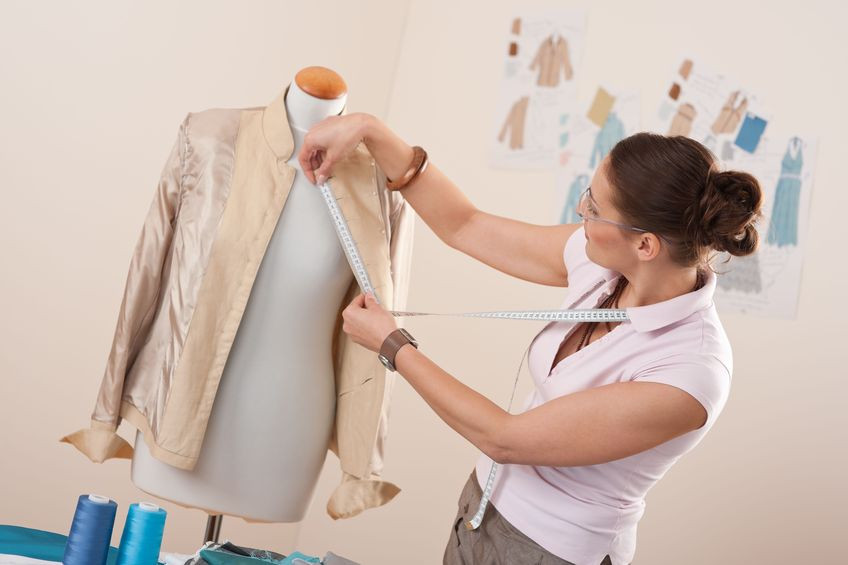
The main purpose of sampling is to create the best quality product that meets the needs of the customer before it is put on the market. Besides, their purpose is to allow the buyer to get an assessment of the manufacturer’s capabilities to what extent. In addition, prototyping provides a very convenient means of making changes before going into mass production. Through this, the manufacturer can also estimate the consumption of thread, fabric and can accurately quote the costs involved. In addition, its purpose is also to let the buyer know how potential the exporter is.
Sample Development Procedure in Garment Industry
Before setting out a sample sewing plan, the enterprise must base on the requirements and product technical criteria that the customer has given. Provide a suitable and complete color palette, color requirements to be followed and the correct selection according to the order to be ordered. Prepare enough materials before proceeding to sample production. The raw materials must be synchronized and of the right quality according to the requirements of the customer.

Pattern making
Sample products need to be carefully studied in terms of design, production techniques and assembly methods to have a complete sample product. In addition, it is also necessary to research processing methods to create product details, thereby providing the most reasonable production method, saving time as well as creating a product. high quality samples.
In addition, when Pattern making, it will help businesses save raw materials, and reduce redundant processes in the production process. As a result, businesses can save labor, increase revenue and economic efficiency for orders. After carefully studying the sample product, the enterprise can make a comparison of the inherent condition. And from there, it also helps to build a more perfect production system.
Cutting and making
Appropriate sewing equipment is required to sew the correct specimen to the given quality and technique. Not every product uses a machine, sometimes it is necessary to invest or prepare additional machines or accessories that have the function to fulfill the requirements that the product needs.
In order to proceed with sewing products, the cutting and making of finished products is very important. This is the stage that determines 90% of the success of the sample product. It is necessary to determine which is the main fabric, which is the auxiliary fabric, whether the quality of the fabric is correct, or the elasticity has met the requirements … then proceed to cut the semi-finished product. In addition, it is necessary to check more quantity, fabric alignment, and correct detail dimension. Only then can the fabric be cut, and the fabric must be cut according to the marked part. While cutting, it is necessary to ensure industrial hygiene.
In this process, enterprises need to study the parameters, measurements, but additional details and the permissible errors of the parts to be assembled. Besides, it is necessary to study the quantity and master the properties of auxiliary materials. As for auxiliary materials, in apparel we need to pay attention to the same type of thread, zipper, or other accessories attached to the product.
In addition to the auxiliary materials, businesses also need to master the color criteria, the thickness or thinness of the fabric and the elasticity of the product. Research technical standards to ensure the use of accessories that best match the requirements in the sample product such as the right color, the right type of needle, the right type of keychain, label or mex…
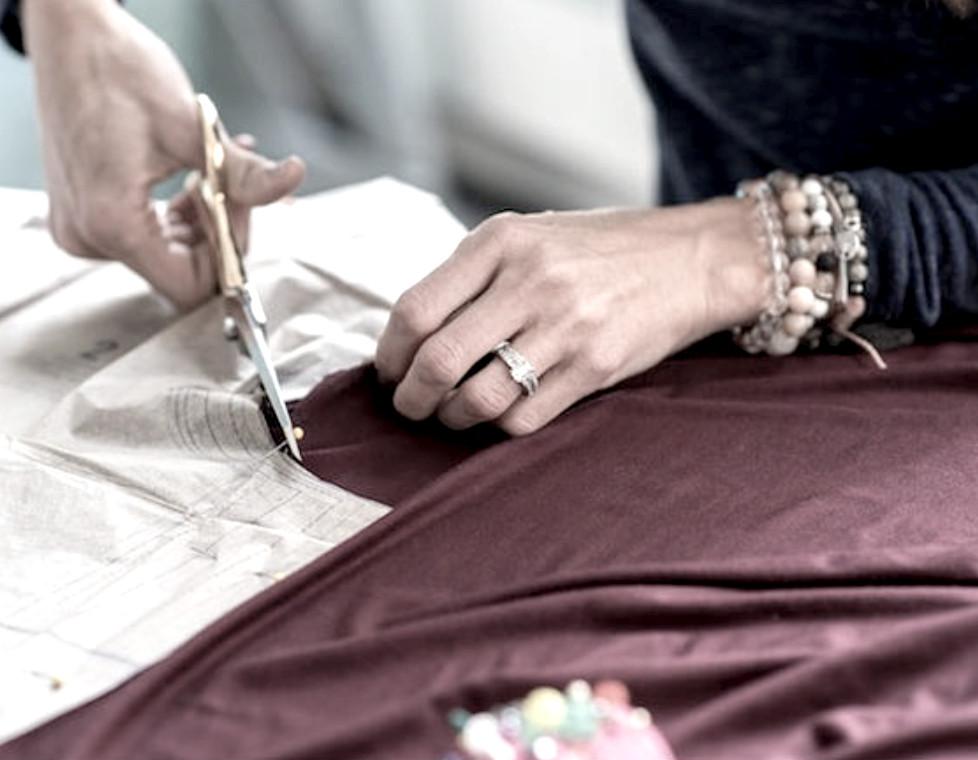
Production sample
When sewing the test pattern, it is necessary to choose the right type of needle for the material of the fabric. Choosing the right needle is very important, if the needle is too large for the thickness of the fabric, the surface of the fabric will be easily broken, and the needle line will be exposed, losing the aesthetics of the product. When sewing a test pattern, it is necessary to follow a pre-planned procedure.
The semi-finished products after being sewn will be assembled into a complete sample product. Before being sewn into a product, individual parts need to be checked for seams, quality and measured standards. Sew buttons if any on the product. Buttons or buttons need to be sewn with a reasonable, sure distance. After sewing, clean the thread head, discarding the excess thread on the seam.
Final approval
While sewing the product, close supervision is required to ensure that the process is carried out correctly and completely. In addition, it is also possible to promptly detect errors made when sewing, helping to create the best and high-quality sample products. Based on the sample product compared with the customer’s requirements, if there are errors, it should be quickly corrected to make the sample the most perfect.
When sewing the test pattern is done, final confirmation from the QC department is required. This department will conduct a full re-inspection, then send it to the technical department to check, and finally confirm with the sales department to ensure the right quality of products can be put on the market and progress.
After sewing, the QC department or department checks the whole thing until the technical department and finally the sales department ensure product quality.
Grading
The standard garment sample grading process is checking the product quality from the material, design, size, label, and correctness of the sample at the production site before sending the goods. reach the consumer.
This is a very important job, to ensure that the product samples before being put into mass production must be really perfect, without errors in anything related to sewing production.
Although it is possible that a product sample has been made very carefully, if there is just one mistake, when it goes into mass production, it will have to be redone from the beginning, which is very time-consuming, laborious and costly. So supervisors have to conduct product sample grading and give feedback.
Production
Finally, after ensuring the sample development process, proceed to production and provide products for customers to check. If the sample product has met the requirements of the customer, then proceed to production.
Thus, through the above article, everyone has gained more knowledge about the purpose and sample development in the apparel field. If you are a fashion manufacturer, the information shared in the above article will surely be useful for everyone.

